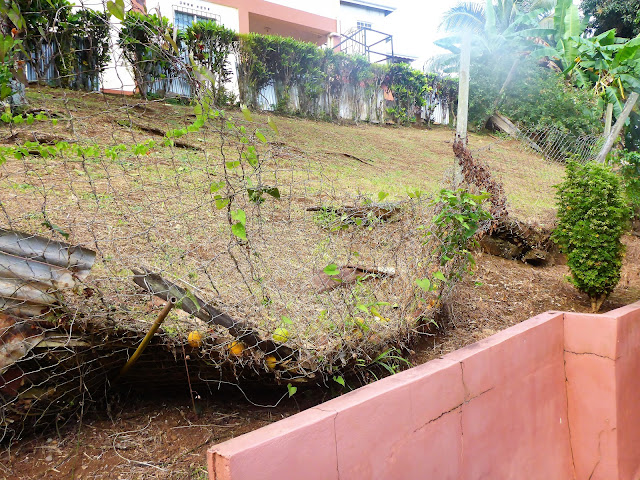Exploring secondary projects
With elections, celebrations, and Peace Corps meetings I didn’t do much work on my primary project this week. Next week is the last week of term. Tuesday will be kite flying and Thursday will be the last day of the term. I might have some time with the students as the teachers are working on the final reports – fingers crossed.
In addition to their primary project volunteers often work on secondary projects. These typically marry the interests and abilities of the volunteer with the needs and desires of the community.
My approach to secondary projects is get to know the people and the place first – paying attention to what is needed and community interests. In Ghana I worked on a computer lab and library for the school as well as some agriculture projects to improve family nutrition.
The government is building a new school for my community that should be ready next school year. Therefore, I’m not focused on much related to the current facilities.
As a lifetime gardener – I’m drawn to agriculture and soil conservation, improvement. I’m also interested in sustainable economic and ecological practices.
 |
| Corn is doing well, beans replanted, and sweet potato trying to take over. |
My garden right now would not be considered a secondary project. It is, in part, an exercise to better understand agriculture on the island. In a community of farmers there is little that I could add to their knowledge. Perhaps composting, vermiculture, and no-till systems – but that would required more research in current practices and issues.
The problem of erosion
Most Caribbean Islands were formed by volcanic activities. The tall body of Dominica will eventually be worn down by erosion to look more like Grenada. That is nature. The Grand Canyon is just gully erosion that has gone on for a very long time.
Man can increase the rate of erosion. Farming – removing native vegetation, tilling the soil, and other activities can increase the amount of soil erosion. Infrastructure such as roads and buildings can also increase erosion. Basically, rather than water having the means and time to soak into the ground and renew aquifers, it rushes along the surface or subsurface and carries soil downstream to the ocean.
The land available to Caribbean islands for agriculture is already limited. Slopes, more prone to erosion, must be used on the islands to support the needs of the population for food and export.
However, the loss of fertile soil for growing plants is just one problem. Another is that the soil goes somewhere else. The coastal waters are important for food production and for the beauty of reefs to be enjoyed by citizens and tourists. Eroded soil as well as the littering and plastic waste that are carried to the ocean harms the coastal waters and reefs surrounding the islands - impacting fishing and tourism. Degraded reefs also reduce the ability of natural systems to protect the island from weather events. (Expect a littering tirade sometime in the future.)
I don’t have to go far from my front door to see some signs of erosion nor one of the proven methods to significantly reduce soil erosion.
 |
| Slip erosion across the street. I think the drainage pipe was recently extended. |
 |
| The land next door is creeping past the concrete and chain link fence line. |
 |
| Vetiver row - it's width indicates it has likely been here a long time. |
 |
| Little sign of erosion. It is common practice to weed to bare ground along roadsides. |
So, literally every day I walk out of my front door I am face to face with erosion on the island of Grenada and one solution to the problem. Although I already knew about vetiver and erosion, I’ve spent the last couple of months researching the topics.
Vetiver grass has very strong deep thick roots that don’t spread out. Most varieties don’t produce seeds or otherwise spread excessively to become a weed. It is relatively easy to cultivate and can thrive in a variety of locations and conditions. It is easy to establish along contour lines to protect slopes and promote terracing. It can be used to protect stream banks and other areas. Vetiver requires little maintenance. Some plantings on Pacific islands have remained functional for nearly 100 years.
I’m not nearly at a point to consider this a potential secondary project. However, I believe that controlling soil erosion would be useful to Caribbean islands by improving:
- agricultural productivity
- watersheds and
- the coastal ecology on the islands.
Love always,
John



Comments
Post a Comment